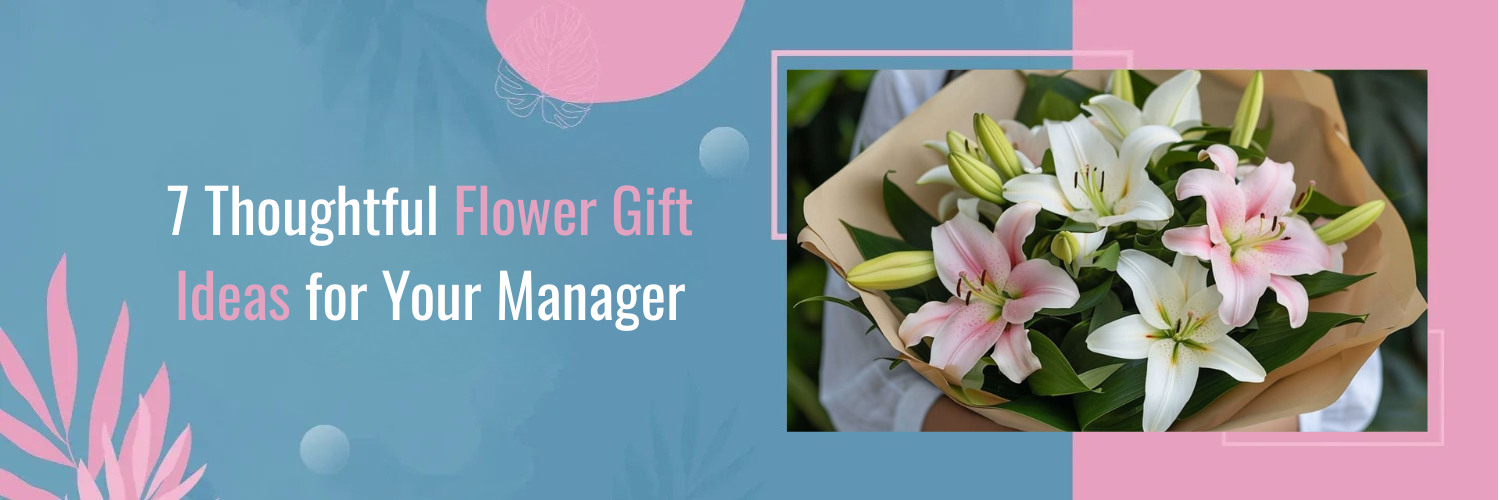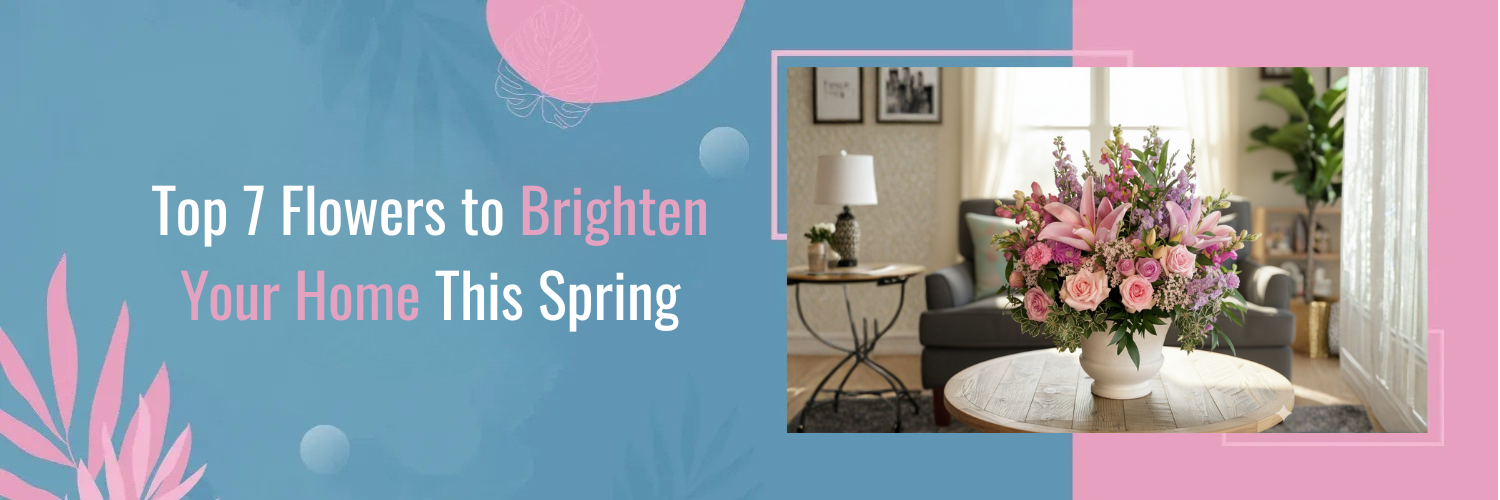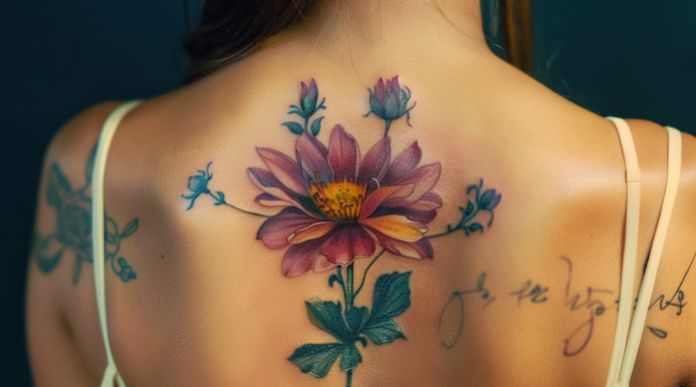What are Kalanchoe Plants?

Kalanchoe, a genus in the Crassulaceae family, encompasses a fascinating range of succulent plants known for their distinctive features and resilience. Native to the arid regions of Madagascar, Kalanchoe has adapted to thrive in environments with limited water availability, storing moisture in their thick, fleshy leaves. This unique adaptation not only serves a practical purpose but also contributes to their visual appeal.
Origins and Habitat
The Kalanchoe genus originates in Madagascar, but some species are found in other parts of Africa and Asia. The natural habitat of these plants varies from the rocky, dry terrains to the more humid, tropical regions. This diverse habitat range has led to the evolution of various species, each with unique characteristics and adaptations.
Physical Characteristics
Kalanchoe plants are easily recognisable by their thick, waxy leaves that often bear vibrant colours and interesting textures. Some species, like the popular Kalanchoe blossfeldiana, are known for their bright, long-lasting flowers that bloom in clusters. Others, like Kalanchoe tomentosa (the Panda Plant), are admired for their furry, textured leaves.
Diversity of Species
The Kalanchoe genus includes over 100 species, offering a wide variety of shapes, sizes, and colours. Some common varieties include:
- Kalanchoe Blossfeldiana:
Known as the Flaming Katy, this species is famous for its colourful, long-lasting flowers and is often grown as a houseplant.
- Kalanchoe Tomentosa:
The Panda Plant, recognised by its fuzzy leaves with brownish markings.
- Kalanchoe Daigremontiana:
Also known as Mother of Thousands, this plant produces tiny plantlets along the edges of its leaves.
- Kalanchoe Pinnata:
Known for its medicinal properties and unique foliage.
Growth Patterns and Blooming

Kalanchoe plants typically exhibit a compact growth habit, making them ideal for containers and small spaces. Depending on the species, they are known for their seasonal blooming, often in the late fall to early spring. The flowers come in a spectrum of colours and can last several weeks, adding a cheerful element to any environment.
Uses and Cultural Significance
Beyond their ornamental value, some species of Kalanchoe are used in traditional medicine for their therapeutic properties. In various cultures, they are believed to possess healing qualities, particularly in wound healing and inflammation reduction.
Choosing the Right Kalanchoe

Selecting the right Kalanchoe for your home or garden is an exciting journey. With so many varieties available, each with its unique colours, textures, and flowering patterns, understanding what to look for will ensure you bring home a plant that suits your lifestyle and environment. Here’s how to make the best choice:
Understanding Your Environment
- Light Conditions:
Kalanchoes require bright, indirect light to flourish and bloom. Assess the lighting in your home or garden to find a spot that receives ample light without direct exposure to harsh afternoon sun.
- Temperature and Humidity:
These plants prefer warmer temperatures and moderate humidity. Ensure your environment can maintain temperatures between 60-85°F (15-29°C) and isn’t prone to drastic temperature swings.
Considering Plant Varieties

- Flowering Kalanchoes:
If you’re attracted to colourful blooms, consider varieties like Kalanchoe blossfeldiana, known for its vibrant flowers. These types need a bit more light to encourage blooming.
- Foliage Kalanchoes:
For those more interested in unique leaves, species like Kalanchoe tomentosa or Kalanchoe beharensis offer fascinating textures and shapes.
Space and Size
- Available Space:
Consider the size of the plant at maturity. Some Kalanchoes can grow quite large, so ensure you have adequate space for your plant to thrive.
- Pot Size:
Choose a pot that accommodates the plant’s root system with some room to grow. Ensure it has suitable drainage holes to prevent waterlogging.
Health of the Plant
- Appearance:
Look for plants with bright, plump leaves, free of spots, yellowing, or damage. This indicates a healthy, well-cared-for plant.
- Pests and Diseases:
Inspect the plant for signs of pests or diseases. Check the undersides of the leaves and the soil for any unusual spots, insects, or mould.
Buying Tips
- Reputable Seller:
Purchase from a reputable nursery or garden centre known for healthy, quality plants.
- Season:
While available year-round, buying during the growing season (spring and summer) can give your Kalanchoe a good start.
- Ask Questions:
Don’t hesitate to ask the seller about the plant’s origin, age, and any care tips they might have.
How to Care for Kalanchoe
Looking after Kalanchoe plants can be enjoyable, but it’s important to know what they need. Originally from dry areas in Madagascar, these tough succulents have beautiful flowers and leaves if you take care of them well. Here are the simple steps to keep your Kalanchoe healthy, from where to grow them to how to look after them properly.
Lighting Needs

- Indirect Sunlight:
Kalanchoe plants require plenty of bright, indirect sunlight to flourish. Direct sunlight can scorch their leaves, while insufficient light can lead to leggy growth and sparse blooming.
- Ideal Indoor Location:
A spot near an east or west-facing window is ideal, where the plant can enjoy the morning or late afternoon sun without the harsh midday rays.
- Outdoor Growing:
If you’re growing Kalanchoe outdoors, choose a location that receives partial sun, with protection from the intense afternoon sunlight. Morning sun and afternoon shade typically provide the best balance.
Watering and Soil Requirements
- Watering Schedule:
Kalanchoes are drought-tolerant and prone to overwatering. Water them only when the top inch of the soil is dry to the touch. During the winter months, reduce watering as the plant goes into a dormant state.
- Soil Type:
A well-draining soil mix is vital for preventing root rot. A mix designed for cacti and succulents, which typically includes components like perlite or sand, is ideal. This ensures quick drainage and prevents moisture from lingering too long around the roots.
- Pots with Drainage:
Ensure your Kalanchoe is planted in a pot with adequate drainage holes. This allows excess water to escape, keeping the soil environment balanced.
Temperature and Humidity
- Temperature Range:
Kalanchoes thrive between 60-85°F (15-29°C). They are not frost-hardy, so protecting them from cold drafts and temperatures below 50°F (10°C) is important.
- Avoiding Temperature Extremes:
Sudden temperature changes can stress these plants. Keep them away from heating vents in winter and air conditioning vents in summer.
- Humidity Levels:
Moderate humidity levels are ideal for Kalanchoe. While they can tolerate lower humidity levels, extremely dry air can lead to desiccation of leaves. In very dry environments, a small room humidifier can be beneficial, or placing the pot on a tray filled with pebbles and water can help increase humidity around the plant.

Pruning and Deadheading
- Purpose of Pruning:
Pruning is essential for maintaining the desired shape and size of your Kalanchoe. It helps in removing any leggy or spindly growth, encouraging the plant to become bushier and more compact.
- How to Prune:
Use clean, sharp scissors or pruning shears. Cut back any elongated stems, being careful not to remove more than one-third of the plant at a time. This can be done anytime the plant looks untidy or overgrown.
- Deadheading:
Removing spent flowers
, or deadheading, is crucial for promoting more blooms. Once the flowers fade, snip them off at the base of the flower stem. This encourages the plant to focus its energy on new growth and future blooming.
Fertilising and Repotting

- Fertilising Schedule:
Kalanchoe benefits from regular fertilisation during the growing season (spring and summer). A balanced, water-soluble fertiliser, diluted to half the recommended strength, should be applied every 4-6 weeks.
- Avoid Over-fertilising:
Excessive fertiliser can harm the plant, leading to salt buildup in the soil and potential leaf burn.
- Repotting Needs:
Kalanchoes typically need to be repotted every two years. Choose a pot that is one size larger than the current one. Repotting provides the plant with fresh soil and more room to grow.
- Repotting Process:
Gently remove the plant from its current pot, shake off the old soil, and check the roots for any signs of rot or disease. Please place it in the new pot with fresh, well-draining soil and water lightly.
Pest and Disease Management

- Common Pests:
Kalanchoes can attract pests like aphids, mealybugs, and spider mites. These pests usually appear on the undersides of leaves or at the stem joints.
- Disease Watch:
Be on the lookout for signs of powdery mildew or fungal infections, which can be caused by excessive moisture or poor air circulation.
- Preventive Measures:
Ensure good air circulation around the plant, avoid overwatering, and keep the leaves dry to prevent fungal diseases.
- Treatment:
If pests or diseases are detected, treat them promptly. Insecticidal soap or neem oil can be effective against pests. Fungal infections can be treated with appropriate fungicides. Always follow the instructions carefully when using any treatment products.
Propagating Kalanchoe

Propagation of Kalanchoe is a straightforward and rewarding process that allows you to create new plants from existing ones. Whether you want to share your Kalanchoe with friends or expand your collection, here’s a step-by-step guide on how to propagate Kalanchoe using leaf or stem cuttings:
Selecting Healthy Parent Plant:
Choose a healthy Kalanchoe plant with vibrant leaves and no signs of disease or stress. Healthy parent plants yield better propagations.
Gather Materials:
- Clean, sharp scissors or pruning shears
- Small pots or containers with drainage holes
- Well-draining potting mix (cactus or succulent mix works well)
- Rooting hormone (optional, but can enhance rooting success)
Taking Leaf Cuttings:
- Using clean, sharp scissors or pruning shears, snip off a healthy leaf from the parent plant. Choose a mature leaf; young leaves may not root as successfully.
- Let the leaf-cutting sit in a shaded, dry location for a day or two to allow the cut end to callus. This helps prevent rot when the cutting is planted.
Planting Leaf Cuttings:
- Fill small pots with a well-draining potting mix.
- Plant the calloused end of the leaf, cutting about an inch (2.5 cm) deep in the soil. You can use rooting hormone on the cut end before planting to encourage root growth.
- Water the cutting lightly to settle the soil around it.
Taking Stem Cuttings:
- Alternatively, you can take stem cuttings. Snip off a healthy stem segment that is a few inches long. Ensure it has several leaves attached.
- Let the cut end dry and callus for a day or two.
Planting Stem Cuttings:
- Plant the calloused end of the stem cutting in the potting mix, burying it about an inch (2.5 cm) deep.
- Water lightly to settle the soil.
Caring for Cuttings:
- Place the pots with the leaf or stem cuttings in a bright, indirect light location. Avoid direct sunlight, as it can scorch the cuttings.
- Water sparingly, keeping the soil lightly moist but not soggy. Overwatering can lead to rot.
- Covering the cuttings with a plastic bag or a clear plastic lid can create a mini greenhouse effect, helping to maintain humidity and encourage root growth.
Root Development:
- Root development can take a few weeks to a couple of months, depending on environmental conditions and the type of cutting.
- You’ll know the cuttings have rooted when they start producing new growth.
Transplanting:
- Once the cuttings have developed roots and new growth, they can be transplanted into individual pots or your garden.
Conclusion

Mastering the art of growing and caring for Kalanchoe plants can be a fulfilling and rewarding experience for any plant enthusiast. By following the tips and guidelines outlined in this blog, you can ensure that your Kalanchoe thrives and blossoms into a beautiful addition to your indoor or outdoor garden. Remember to provide ample sunlight, well-draining soil, and moderate watering to keep your Kalanchoe healthy and vibrant.
While Bourkes Florist
may not offer Kalanchoe plants, we pride ourselves on providing a diverse selection of flower arrangements and plants suitable for any occasion. Whether you’re celebrating a birthday, anniversary, or simply want to brighten someone’s day, our expertly crafted bouquets and plant arrangements are sure to impress. Explore our collection today and discover the perfect floral expression for your needs. Shop now!
FAQs
Q: Can Kalanchoe Plants Tolerate Direct Sunlight?
Kalanchoes prefer bright, indirect sunlight. While they can tolerate some morning sun, direct sunlight can be too harsh for their leaves and may cause sunburn. It’s best to provide them with filtered or diffused sunlight.
Q: How Often Should I Water My Kalanchoe?
Watering frequency depends on factors like temperature, humidity, and pot size. As a general rule, water your Kalanchoe when the top inch of soil feels dry to the touch. Avoid overwatering, as these plants are susceptible to root rot.
Q: Are Kalanchoe Plants Toxic to Pets?
Yes, Kalanchoe plants are toxic to pets, particularly cats and dogs. It’s important to keep them out of reach of your furry friends. Ingesting Kalanchoe leaves can lead to gastrointestinal issues and other health problems in pets.
Q: Can I Grow Kalanchoe Outdoors?
Yes, Kalanchoes can be grown outdoors in suitable climates. They thrive in warm temperatures and should be protected from frost. Ensure they receive bright, indirect sunlight and well-draining soil when planting them in your garden.
Q: How Can I Encourage My Kalanchoe to Bloom?
To encourage blooming, provide your Kalanchoe with bright, indirect sunlight and follow proper care practices, including appropriate watering and fertilising during the growing season. Deadhead spent flowers to stimulate new growth and more blooms.
Q: Is It Possible to Save a Leggy Kalanchoe Plant?
Yes, you can save a leggy Kalanchoe by pruning it back. Trim the elongated stems to promote a bushier growth habit. With proper care and regular pruning, the plant can rejuvenate and become more compact.



























